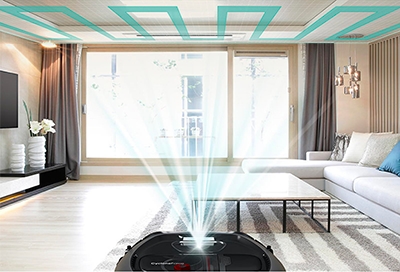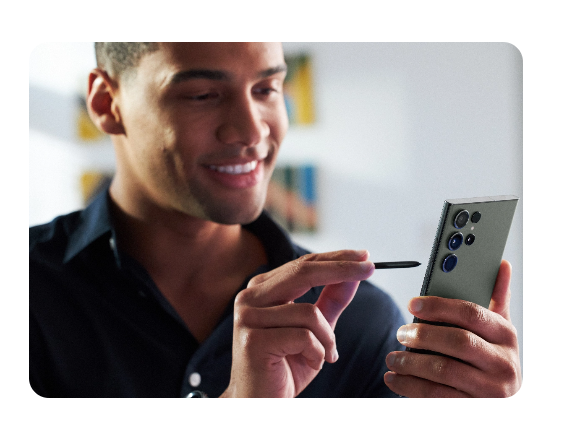POWERbot robot vacuum mapping and pattern cleaning FAQs

Your robot vacuum uses specific settings and algorithms to navigate and clean your home. However, factors like lighting, obstacles, home decor, and the structure of your home can influence its cleaning pattern and coverage. If you have questions regarding the POWERbot's navigation or cleaning patterns, we've compiled a list of common inquiries with answers for your convenience.
Frequently asked questions
Does the vacuum create a map of my home?
Your robot vacuum employs a Visionary Mapping feature to generate a virtual map by capturing images of the ceiling, aiding in tracking its location. This map is deleted once the cleaning cycle completes or if the vacuum is lifted. Certain models linked with SmartThings can display a path visualization (check the History option in the app for compatibility). Note that this map isn't used for subsequent navigations and doesn't store the captured images.
Note: The 9350 model exclusively features Select & Go for navigation planning, accessible via both Smart Home and SmartThings apps, and incorporates Location Recognition to potentially resume cleaning within one yard from where it was interrupted.
Why does the vacuum clean the same area repeatedly or leave an area unfinished?
The vacuum's cleaning pattern, based on complex algorithms, may appear unpredictable and not strictly linear. It typically follows a back-and-forth pattern in open spaces, adjusting upon encountering obstacles or walls. Repeated cleaning or incomplete coverage in darker, cluttered rooms can be mitigated by enhancing lighting and clearing obstacles. The vacuum aims to revisit missed spots up to two more times before concluding the cycle. Models with a Dust Sensor will concentrate on areas requiring extra attention.
Why is the vacuum moving diagonally?
Diagonal movement usually signifies the vacuum taking the shortest path to a location, including over previously cleaned areas. This could occur due to angled obstacles, the docking station's placement, flooring texture, or slight slips during turns. The navigation system compensates to ensure comprehensive cleaning.
Why is the vacuum returning to the charger when it's not done yet?
A return before completing the cleaning indicates a need for recharging. In Auto Clean mode, it will resume post-charging. If it docks and remains, it signifies all accessible areas have been cleaned, with the unit attempting to cover missed spots up to three times. Notably, Max Clean mode differs by not resuming after a recharge.
Why does it start cleaning a different area after recharging?
In uninterrupted Auto Clean cycles, the POWERbot remembers cleaned areas and continues accordingly. Interruptions, like manually docking the vacuum, will erase its navigational map, causing a new cycle to start.
What if it takes too long to clean a specific area or spot?
For focused cleaning, switch to Manual or Point Cleaning mode, or activate Spot Clean on certain models, using the remote for directed cleaning. Avoid lifting the POWERbot during operation to maintain its navigational memory and mode continuity.
Why doesn't the vacuum go under certain objects or cross thresholds?
The POWERbot utilizes sensors to navigate, avoiding low-clearance obstacles or areas it perceives as risky, such as significant height differences or dark-colored floors mistaken for edges.
Other answers that might help
-
Mobile 8 AM - 12 AM EST 7 days a week
-
Home Electronics & Appliance 8 AM - 12 AM EST 7 days a week
-
IT/Computing 8 AM - 9 PM EST 7 days a week
-
Text Support 24 hours a day 7 Days a Week
Contact Samsung Support


